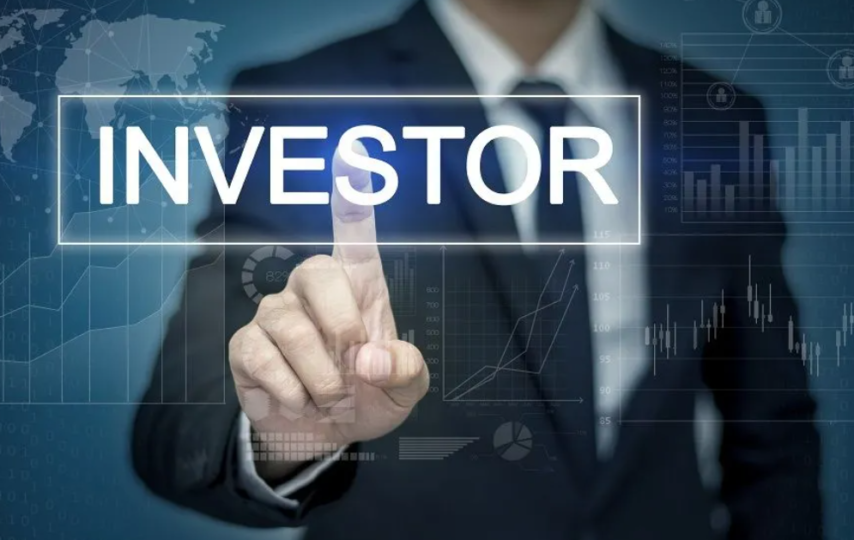No one who seeks to navigate the financial markets successfully should proceed without in-depth knowledge of economic cycles. These cycles, including periods of expansion, peak, contraction, and trough, represent how economies fluctuate over time and affect investment techniques in different ways. Understanding how stablecoins in business and stability is also crucial. Let’s examine each phase in greater depth to better understand its effect on investing strategies.
The Economic Cycle Anatomy
The Quartet of Cardinal Stages
The four main stages of an economic cycle are expansion, peak, contraction, and trough. The economy expands when consumer spending increases, businesses thrive, and jobs are generated. Increasing investments and optimism characterize this phase. At the pinnacle of this expansion, the economy reaches its maximum level of output and productivity. But everything that rises must also fall. The next stage is the contraction phase, marked by a slowdown in economic activity, a drop in consumer confidence, and occasionally job losses. The economy is at its lowest point during the trough period, but it’s not all bad news—activities are starting to pick up again, heralding the start of the next expansion phase.
Recognizing the Indicators
How are these phases identifiable to investors? Look for metrics including GDP growth rates, employment figures, trends in consumer spending, and stock market movements. GDP growth and employment creation are two signs of expansion; these same metrics may begin to stagnate during the peak phase. GDP and employment declines indicate contraction, and these indicators identify the trough phase, reaching their lowest points before starting to rise again.
The Factors Initiating the Cycles
A multitude of factors drive the complex dance of economic cycles, each essential in determining the highs and lows of an economy’s trajectory throughout time. These forces include the interdependent components of supply, demand, and market mood, as well as the important effects of international events and governmental decisions.
How Supply, Demand, and Market Sentiment Interact
The fundamental forces governing supply and demand determine the direction and speed of economic activity. When businesses increase production, consumer demand soars and employment rates rise, a positive growth feedback loop is produced. A positive outlook in the market drives more investment and spending now.
On the other hand, when the cycle reverses and demand declines, production gears slow down, causing the economy to contract. This change frequently occurs while consumer and investment caution grows, further depressing economic activity. Therefore, the equilibrium between supply and demand is not just determined by economic factors; it is also significantly impacted by the general sentiment and expectations of the market.
External Factors: Global Events and Policy Decisions
In addition to the basic principles of supply and demand, outside variables like government and central bank policy decisions can influence economic cycles. Strategic interest rate modifications, for instance, might cool down an overheated market by making lending more expensive or stimulate an economy by making borrowing less expensive. Fiscal policies, which encompass decisions about government spending and taxation, have the potential to revitalize a flagging economy or curb its excessive growth.
International events are also quite important. These events have the power to drastically change the course of the economy, from pandemics that stop global trade to geopolitical disputes that impair international trade. For example, the current global health crisis highlights the intricate web of variables that drives economic cycles and serves as a sharp reminder of how swiftly external shocks may send the world into financial chaos.
Investment Strategy and Economic Cycles
Matching Cyclical Phases with Portfolio Strategies
As the economic cycle progresses, astute investors modify their portfolio strategy to suit the situation. During expansion, investing in growth-oriented stocks and industries can be a prudent move. Diversifying into more stable assets or industries less susceptible to economic downturns might help safeguard your portfolio as the economy peaks. Defensive investments, including consumer staples or utilities, less impacted by economic downturns, might provide safer havens during contraction.
Risk Management: Preventing Downturns and Taking Advantage of Growth
To effectively manage risks, one must weather economic downturns and position oneself to benefit from the next expansion stage. This entails monitoring economic data closely, remaining adaptable in your approach to investing, and preserving a diverse portfolio. It also entails keeping up with current events and establishing connections with financial professionals who can provide analysis and guidance specific to the state of the economy.
Have you ever thought about automated trading platforms’ role in investing driven by cycles? By making trades based on algorithms that evaluate market data, platforms such as Bitcoin Loophole may provide a means of navigating through the different stages of economic cycles. Even though economic indicators do not directly impact them, these instruments can give an investor’s approach an additional layer of protection, particularly in highly unpredictable markets.
Concluding
As we wrote this article, we tried to avoid using complex or confusing terminology and provide concise, understandable explanations. Our intention was to offer clear information for investors of all experience levels on economic cycles and how they impact investing strategies—insightful advice. Remember, investing is risky, so speaking with financial professionals about developing an investment plan tailored specifically to you would be recommended to meet individual requirements and goals.








